The Ultimate Guide to Adhesive Activators: Choosing the Right Product for Your Application

In the intricate world of bonding technologies, the strength and durability of your projects hinge significantly on the quality of the adhesives you use. However, achieving optimal bond performance often requires more than just the right adhesive—it necessitates the perfect adhesive activator. At Stuk Solutions, we recognize the pivotal role adhesive activators play in enhancing adhesive performance across various applications. This ultimate guide delves deep into the realm of adhesive activators, offering you a thorough understanding to make informed choices that elevate your projects to new heights.
Table of Contents
- What Are Adhesive Activators?
- Types of Adhesive Activators
- Mechanisms of Action
- Applications Across Industries
- Benefits of Using Adhesive Activators
- Challenges and Disadvantages
- Examples of Common Adhesive Activators
- Safety and Handling Considerations
- Selection Criteria for Adhesive Activators
- Recent Developments and Future Trends
- Maximizing the Benefits: Expert Tips and Insights
- Conclusion: Empowering Your Projects with the Right Adhesive Activator
What Are Adhesive Activators?
Adhesive activators are specialized additives or treatments that significantly enhance the performance of adhesives. They achieve this by modifying the adhesive's properties or the surface characteristics of the substrates being bonded. This modification can lead to stronger bonds, faster curing times, improved resistance to environmental factors, and greater versatility in bonding different materials.
Adhesive activators can be incorporated directly into adhesive formulations or applied separately as a surface treatment before adhesive application. Their primary functions include promoting surface wetting, initiating or accelerating chemical reactions necessary for curing, and enhancing the overall adhesion between disparate materials.
Types of Adhesive Activators
Adhesive activators can be broadly categorized based on their functionality and the mechanisms by which they enhance adhesive performance. Understanding these categories is essential for selecting the right activator for your specific application.
Mechanisms of Action
Adhesive activators enhance bonding through various mechanisms, each tailored to the specific type of activator and the adhesive system in use. Understanding these mechanisms is essential for optimizing adhesive performance.
- Catalysis: Chemical activators act as catalysts, lowering the activation energy required for adhesive curing reactions. This accelerates the curing process, enabling faster bond formation and increased production efficiency.
- Surface Modification: Surface activators modify the substrate's surface energy and wettability, allowing adhesives to spread more evenly and form stronger bonds. This is particularly important for substrates that are otherwise difficult to bond, such as low-energy plastics.
- Crosslinking Enhancement: Activators facilitate the formation of crosslinks within the adhesive polymer network, enhancing mechanical properties like tensile strength, shear strength, and resistance to environmental stresses.
- Environmental Facilitation: Environmental activators create optimal conditions for adhesive performance by controlling factors like temperature and humidity. This ensures consistent curing and bond strength, even in challenging environments.
Applications Across Industries
Adhesive activators are indispensable across a wide range of industries, each leveraging their unique properties to meet specific bonding requirements. Below are detailed applications across various sectors:
1. Automotive

- Structural Bonding: Adhesive activators enhance adhesives used in bonding body panels, interior components, and lightweight materials like carbon fiber composites. This results in stronger, more durable bonds that contribute to vehicle safety and performance.
- Sealants: Activators improve the performance of adhesives used as seals against moisture, air, and vibrations, ensuring longevity and reliability of automotive components.
- Noise, Vibration, and Harshness (NVH) Control: By improving adhesive properties, activators help in reducing noise and vibrations, enhancing overall ride comfort.
2. Aerospace

- Composite Materials: Activators facilitate bonding in composite structures, ensuring high strength-to-weight ratios essential for aircraft performance and fuel efficiency.
- High-Performance Sealants: Used in critical applications requiring resistance to extreme temperatures, pressures, and environmental conditions, ensuring the integrity of aerospace components.
- Thermal Management: Enhancing adhesives used in thermal interface materials to ensure effective heat dissipation and protection of sensitive electronic components.
3. Construction

- Building Materials: Enhancing adhesives used for flooring, roofing, and panel installations ensures secure and long-lasting bonds that can withstand structural loads and environmental stresses.
- Structural Adhesives: Used in load-bearing applications where activators ensure durability and strength, contributing to the overall stability of construction projects.
- Insulation: Improving adhesives used in thermal and acoustic insulation materials, ensuring effective bonding and performance.
4. Electronics

- Component Assembly: Adhesive activators improve bonding in PCB assembly, component encapsulation, and thermal management, ensuring reliability and longevity of electronic devices.
- Protective Coatings: Enhancing the adhesion of protective layers over sensitive electronic components, safeguarding them from environmental factors and mechanical stresses.
- Flexible Electronics: Facilitating the bonding of flexible substrates and components, enabling the production of wearable and bendable electronic devices.
Benefits of Using Adhesive Activators
Incorporating adhesive activators into your bonding process offers numerous advantages that can significantly enhance the overall performance and durability of your projects. Here are some key benefits:

- Enhanced Bond Strength: Activators significantly increase the adhesion between substrates, resulting in stronger and more reliable bonds. This is crucial for applications requiring high structural integrity.
- Faster Curing Times: By accelerating the curing process, activators improve production efficiency and reduce downtime, allowing for quicker project turnaround times.
- Improved Adhesion to Difficult Surfaces: Surface activators enable effective bonding to substrates that are typically challenging to adhere, such as low-energy plastics, glass, and certain metals.
- Environmental Resistance: Activators enhance the adhesive’s ability to withstand environmental stresses like moisture, temperature fluctuations, UV exposure, and chemical exposure, ensuring long-lasting bonds.
- Versatility: A wide range of activators is available to suit various adhesive types and application requirements, making them suitable for diverse industries and projects.
- Cost Efficiency: Improved adhesive performance can reduce material usage and waste, leading to significant cost savings. Additionally, faster curing times can lower labor and production costs.
- Extended Shelf Life: Certain activators can stabilize adhesive formulations, extending their shelf life and ensuring consistent performance over time.
- Customization: Activators can be tailored to meet specific project needs, allowing for customization of adhesive properties to achieve desired performance outcomes.
Challenges and Disadvantages
While adhesive activators offer numerous benefits, they also present certain challenges that need to be addressed to ensure successful bonding applications. Understanding these potential disadvantages can help you mitigate risks and optimize your bonding processes.
- Compatibility Issues: Not all activators are compatible with every adhesive or substrate. This can limit their applicability and necessitate thorough testing before implementation.
- Increased Complexity: Introducing activators adds additional steps to the adhesive application process, potentially complicating workflows and increasing the likelihood of application errors.
- Potential for Adverse Reactions: Some chemical activators may react adversely with other components in the adhesive system, affecting adhesive properties and bond integrity.
- Cost Considerations: High-performance activators can add to the overall cost of adhesive formulations, impacting budget allocations for projects.
- Environmental and Health Concerns: Certain activators may pose environmental or health risks, requiring careful handling, storage, and disposal practices to ensure safety and compliance with regulations.
- Storage and Shelf Life: Adhesive activators have specific storage requirements and shelf lives. Improper storage can compromise their effectiveness, leading to bonding issues.
- Limited Availability: Specialized activators may have limited availability, leading to potential supply chain challenges and delays in project timelines.

Addressing these challenges involves careful selection of compatible activators, thorough testing, adherence to application protocols, and implementing robust safety and handling procedures.
Examples of Common Adhesive Activators
To better understand adhesive activators, let's explore some of the most commonly used types in the industry:
- Peroxides (e.g., Benzoyl Peroxide): Used as curing agents for epoxy and polyurethane adhesives, peroxides initiate polymerization, leading to solidification and increased bond strength.
- Amines (e.g., Triethylenetetramine): Act as hardeners for epoxy adhesives, facilitating the crosslinking process that enhances mechanical properties.
- Plasma Treatments: Utilize ionized gas to activate surfaces, increasing surface energy and improving adhesive wetting and bonding capabilities.
- Silane Coupling Agents (e.g., Methacryloxypropyltrimethoxysilane): Improve bonding between inorganic substrates (like glass and metals) and organic adhesives, enhancing overall bond strength.
- UV Photoinitiators (e.g., Benzoin Methyl Ether): Initiate curing of UV-curable adhesives upon exposure to ultraviolet light, enabling rapid and controlled bond formation.
- Moisture-Curing Agents: Enable adhesives to cure in the presence of ambient moisture, commonly used in construction adhesives for bonding materials like wood, concrete, and metals.
- Redox Initiators: Facilitate redox reactions that trigger the curing process, often used in adhesives that require ambient curing conditions without external heat or light sources.
- Crosslinkers (e.g., Polyfunctional Acrylates): Create additional bonds between polymer chains, enhancing the mechanical strength and durability of the adhesive.
- Thermal Activators: Substances that activate adhesive curing processes upon exposure to specific temperature ranges, ensuring controlled and efficient bond formation.

Selecting the appropriate activator depends on the adhesive type, application requirements, and the materials being bonded. Always refer to manufacturer guidelines and conduct compatibility tests to ensure optimal performance.
Safety and Handling Considerations
Working with adhesive activators requires adherence to stringent safety protocols to mitigate risks associated with their use. Here are essential safety and handling considerations:
1. Personal Protective Equipment (PPE)
- Gloves: Wear appropriate chemical-resistant gloves to prevent skin contact with activators, which can cause irritation or adverse reactions.
- Safety Goggles: Protect your eyes from splashes or accidental contact, which can result in serious eye injuries.
- Protective Clothing: Use protective aprons or coveralls to shield your body and clothing from potential spills and splashes.
2. Ventilation
- Adequate Ventilation: Ensure that work areas are well-ventilated to disperse fumes and vapors emitted by activators, reducing the risk of inhalation.
- Use of Respirators: In environments with limited ventilation, use appropriate respirators to protect against harmful airborne substances.
3. Storage
- Cool, Dry Places: Store adhesive activators in cool, dry environments away from direct sunlight, heat sources, and moisture to maintain their effectiveness.
- Proper Labeling: Clearly label storage containers with the product name, hazard warnings, and expiration dates to prevent accidental misuse.
- Separation from Incompatible Substances: Keep activators away from oxidizers, flammable materials, and other incompatible chemicals to prevent dangerous reactions.
4. Handling
- Follow Manufacturer Guidelines: Adhere strictly to the manufacturer's instructions for mixing ratios, application methods, and curing conditions to ensure safety and effectiveness.
- Avoid Cross-Contamination: Use dedicated tools and equipment for handling activators to prevent cross-contamination with other substances.
- Spill Management: Have spill containment and cleanup materials readily available. Follow proper procedures to manage and dispose of spills safely.
5. Disposal
- Regulatory Compliance: Dispose of unused or expired adhesive activators according to local, state, and federal regulations to prevent environmental contamination.
- Proper Containers: Use designated disposal containers and never pour activators down the drain or mix them with regular trash.
6. Training
- Employee Training: Ensure that all personnel handling adhesive activators are adequately trained in safe handling practices, emergency procedures, and the use of PPE.
- Emergency Preparedness: Equip work areas with appropriate first aid kits, eyewash stations, and emergency showers to address accidental exposures promptly.

By adhering to these safety and handling considerations, you can create a safe working environment and minimize the risks associated with adhesive activators.
Selection Criteria for Adhesive Activators
Choosing the right adhesive activator is crucial for achieving optimal bond performance. The selection process involves evaluating several factors to ensure compatibility and effectiveness. Below are the key criteria to consider:
- Adhesive Type: Match the activator to your adhesive's chemistry (e.g., epoxy, polyurethane, acrylic).
- Substrate Material: Ensure the activator is effective with the materials you are bonding.
- Environmental Conditions: Choose activators that can withstand the operational environment, including temperature and humidity levels.
- Performance Requirements: Define the necessary bond strength, curing time, flexibility, and durability.
- Application Method: Determine whether the activator needs to be mixed with the adhesive or applied separately.
- Regulatory Compliance: Ensure the activator meets industry standards and regulations, especially for sensitive applications like medical devices.
- Cost and Availability: Balance performance needs with budget constraints and ensure the activator is readily available.
- Safety and Environmental Impact: Prioritize activators that offer safer handling profiles and lower environmental footprints.
By meticulously evaluating these selection criteria, you can ensure that you choose the most suitable adhesive activator for your project, leading to superior bonding performance and long-term reliability.
Recent Developments and Future Trends in Adhesive Activators
The field of adhesive activators is continuously evolving, driven by advancements in materials science, environmental considerations, and industry-specific demands. Here are some of the latest developments and future trends shaping the landscape:
- Bio-Based Activators: With a growing emphasis on sustainability, there is a surge in the development of environmentally friendly, bio-based activators derived from natural sources. These activators reduce reliance on petrochemicals and minimize environmental impact.
- Nanotechnology Integration: Incorporating nanoparticles into activators enhances performance by improving mechanical properties, thermal stability, and resistance to environmental factors. Nanotechnology enables the creation of multi-functional adhesives with tailored properties.
- Smart Activators: The advent of smart activators that respond to external stimuli such as temperature, light, or pH is revolutionizing adhesive technologies. These activators provide controlled curing processes and dynamic bond adjustments in real-time.
- Low-VOC Formulations: In response to stricter environmental and health regulations, manufacturers are developing activators with reduced volatile organic compounds (VOCs). These low-VOC formulations minimize air pollution and health risks associated with adhesive applications.
- Advanced Surface Treatments: Innovations in surface activation techniques, such as laser-based treatments and advanced plasma processes, are improving bonding efficiency and precision. These advanced methods enable superior adhesion to a wider range of materials.
- Multi-Functional Activators: Development of activators that offer multiple benefits, such as enhancing adhesion while imparting antimicrobial properties or providing electrical conductivity, is expanding the functionality of adhesives in specialized applications.
- 3D Printing Adhesives: As additive manufacturing grows, specialized activators are being developed for adhesive systems used in 3D printing. These activators enable strong bonds in complex geometries and enhance the mechanical properties of printed parts.
- Enhanced Durability and Flexibility: Research is focused on creating activators that provide both high bond strength and flexibility, catering to applications that require dynamic movement and stress resistance.
- Eco-Friendly Solvents: Transitioning to water-based or other eco-friendly solvents in activator formulations reduces environmental impact and enhances workplace safety.

These developments reflect the industry's commitment to innovation, sustainability, and meeting the ever-evolving demands of various sectors. Staying abreast of these trends allows businesses to leverage the latest technologies for superior adhesive performance.
Maximizing the Benefits: Expert Tips and Insights
To fully harness the advantages of adhesive activators, consider the following expert tips and insights. These strategies will help you optimize your bonding processes and achieve consistent, high-quality results:
- Thorough Surface Preparation: Properly preparing surfaces by cleaning and activating them ensures maximum adhesive performance.
- Accurate Mixing Ratios: Adhere strictly to recommended mixing ratios to avoid under- or over-activation, which can compromise bond strength.
- Controlled Environmental Conditions: Maintain optimal temperature and humidity levels during application and curing to achieve the best results.
- Regular Testing: Conduct regular bond strength tests to ensure consistency and reliability in your adhesive applications.
- Stay Informed: Keep up-to-date with the latest advancements and best practices in adhesive technologies to continually improve your bonding processes.
- Troubleshooting: Identify common issues such as insufficient bond strength or incomplete curing early on and address them promptly using appropriate activators and techniques.
- Safety First: Always prioritize safety by using proper PPE, ensuring adequate ventilation, and following safe handling procedures.

Conclusion: Empowering Your Projects with the Right Adhesive Activator
Selecting the right adhesive activator is paramount for achieving strong, durable bonds across a wide range of applications. By understanding the types, mechanisms, benefits, and challenges associated with adhesive activators, and by carefully considering your specific application requirements, you can make informed decisions that enhance the performance and reliability of your adhesive bonds.
At Stuk Solutions, we are dedicated to providing high-quality adhesive activators that cater to the diverse needs of our customers. Our extensive selection, coupled with expert guidance, ensures that you have the tools necessary to achieve optimal bonding results. Whether you're involved in automotive manufacturing, electronics assembly, construction, or any other industry, our adhesive activators are designed to deliver superior performance and reliability.
Embrace the power of informed decision-making with our ultimate guide to adhesive activators. Say goodbye to trial and error and hello to confident, high-performance bonding solutions that elevate your projects to new heights.
For more information and to explore our comprehensive range of adhesive activators, visit our Adhesive Activators Collection . Empower your projects with the right tools and achieve superior bonding performance today!
Note: This guide provides comprehensive information based on current industry standards and practices. For the latest updates and specific product recommendations, please refer to the product datasheets and technical documentation provided by Stuk Solutions or consult with our expert support team.
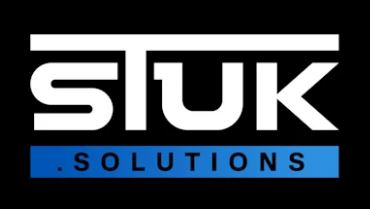
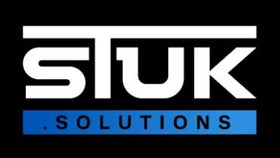
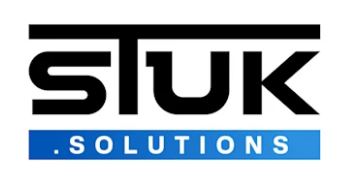
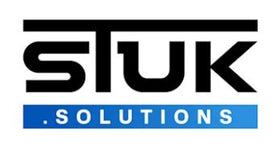
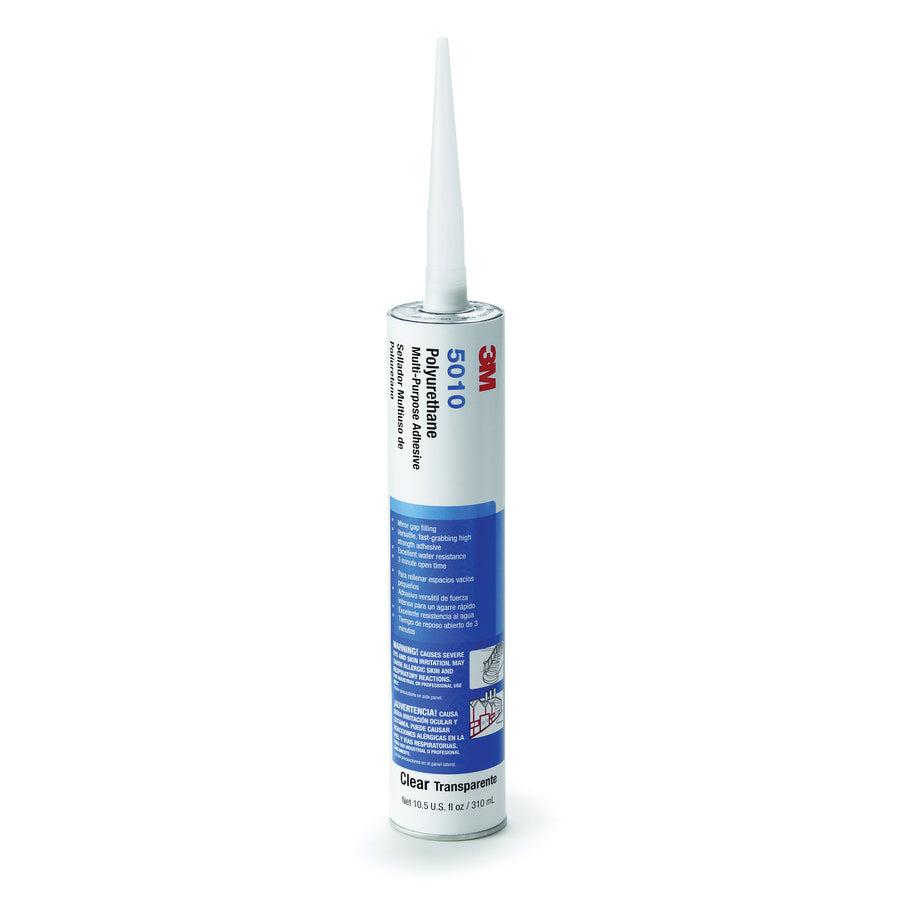
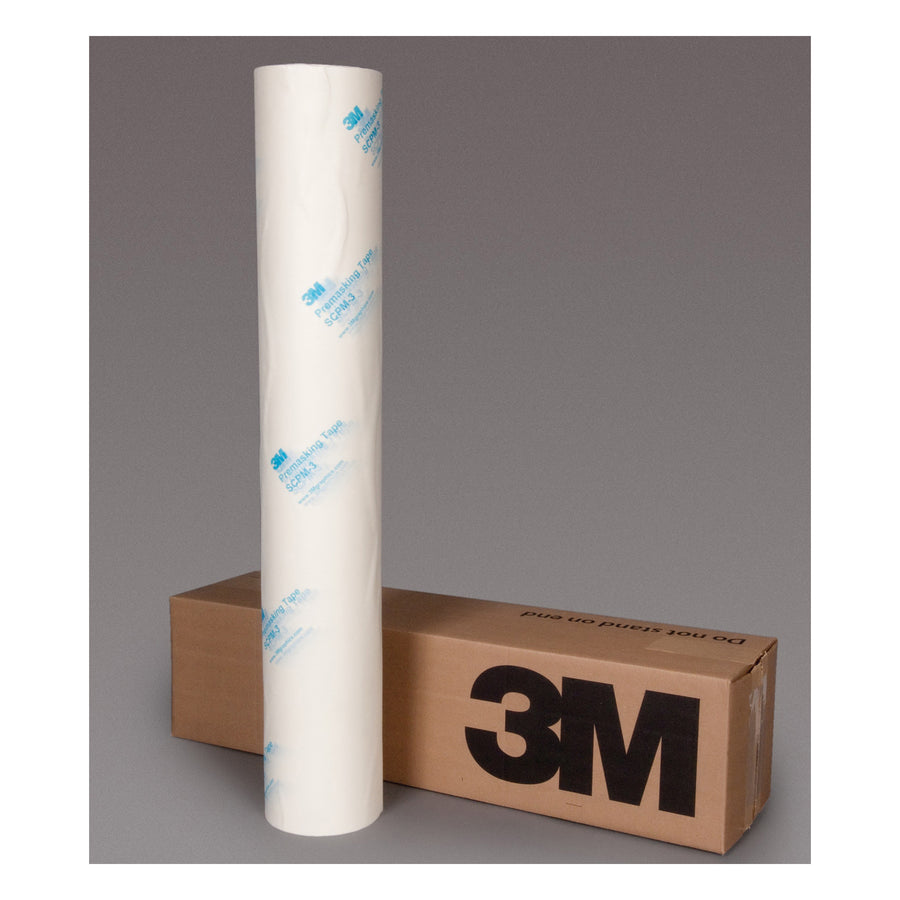
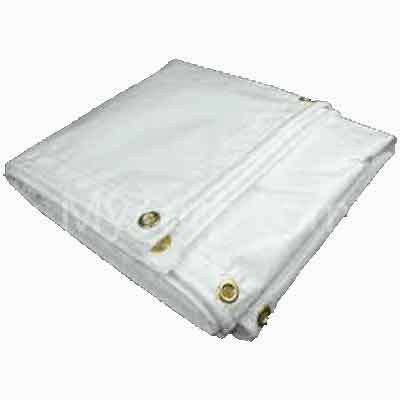


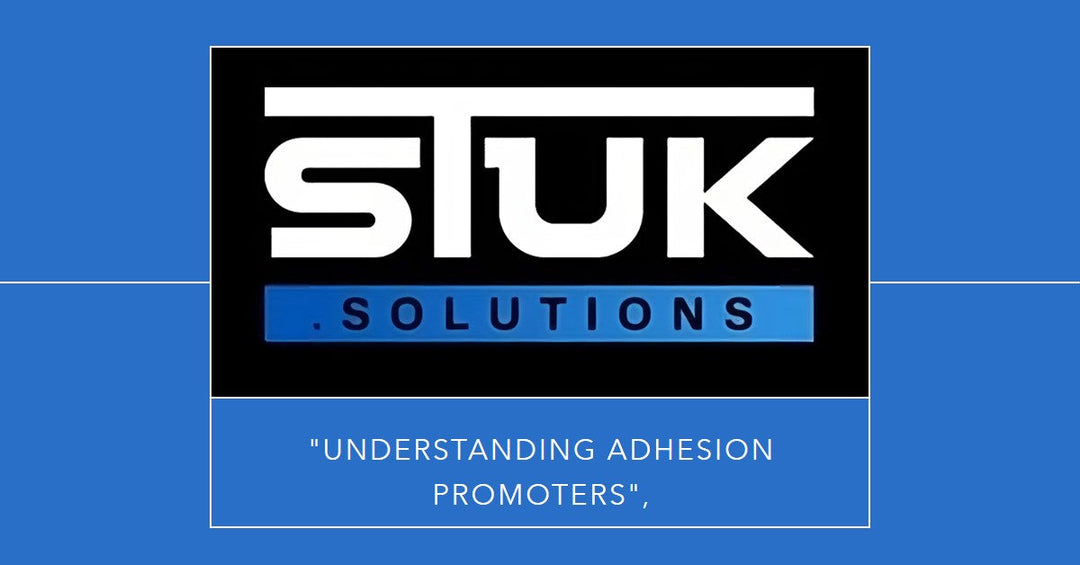

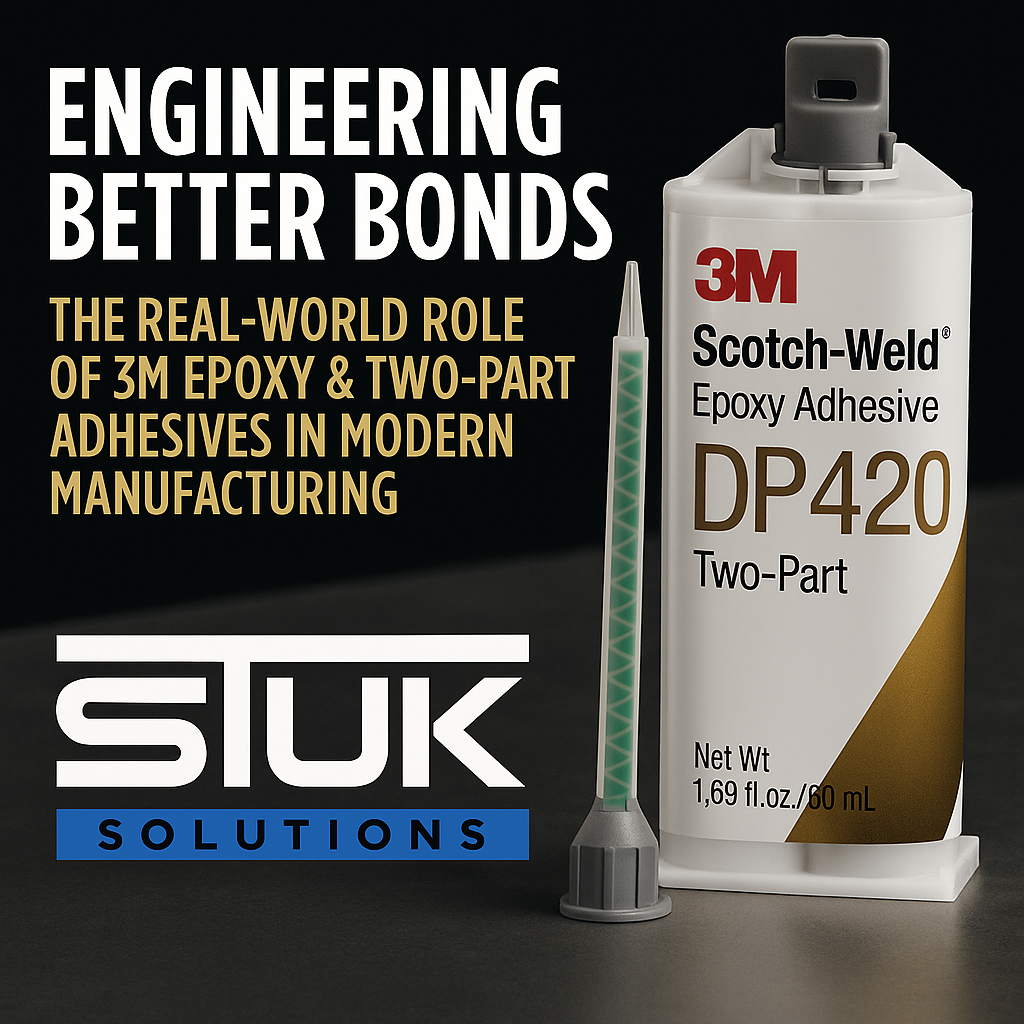

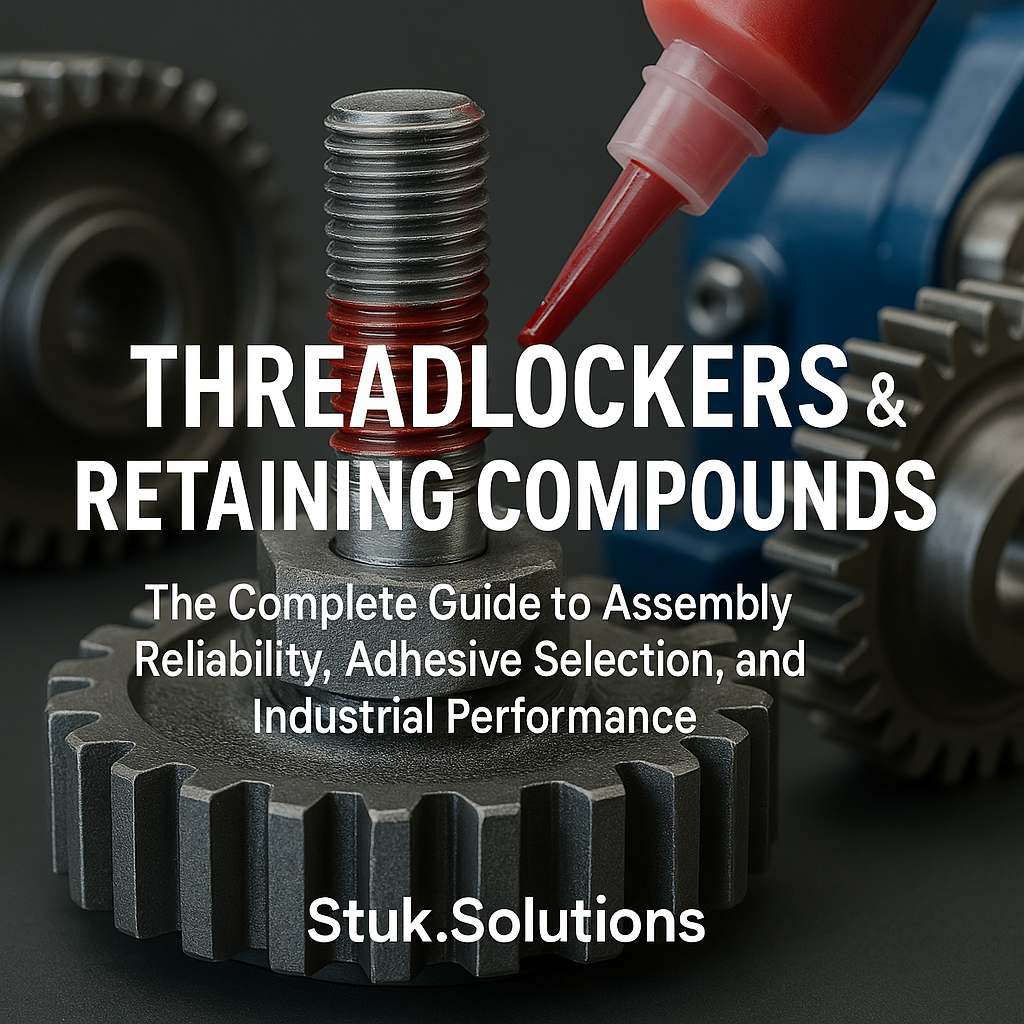

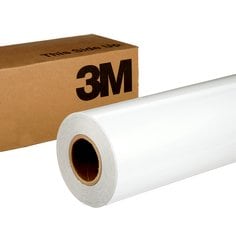
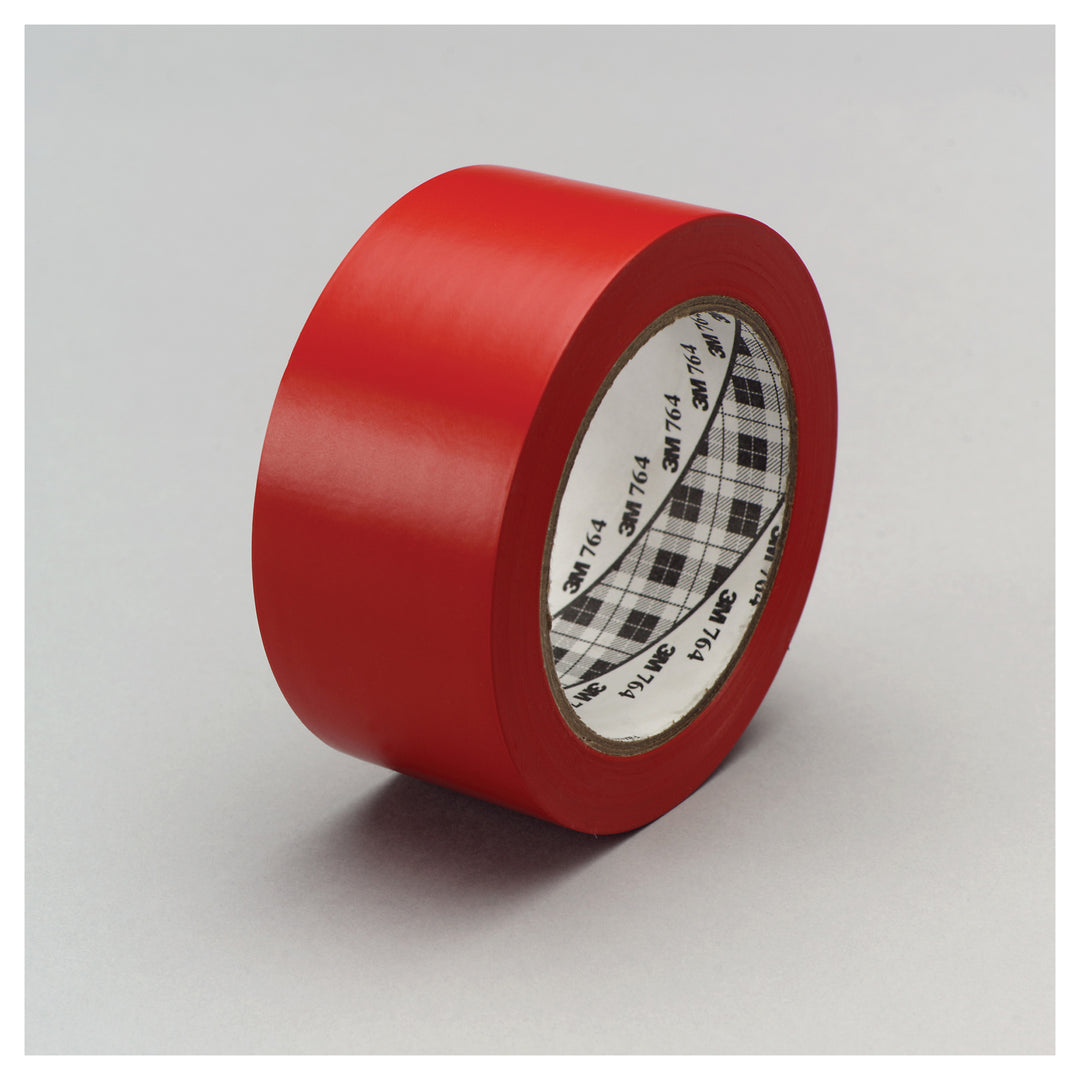
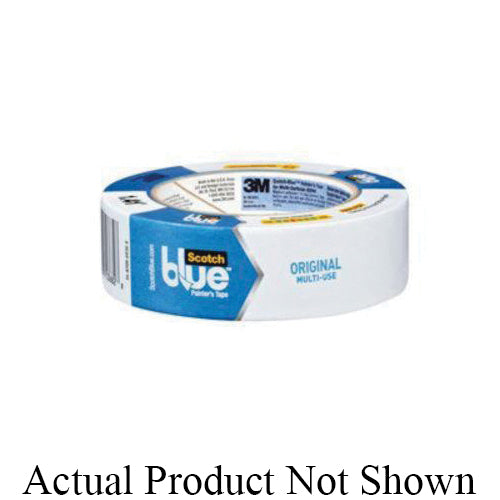
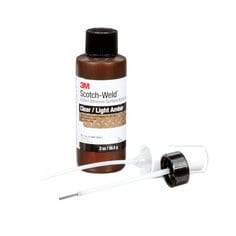
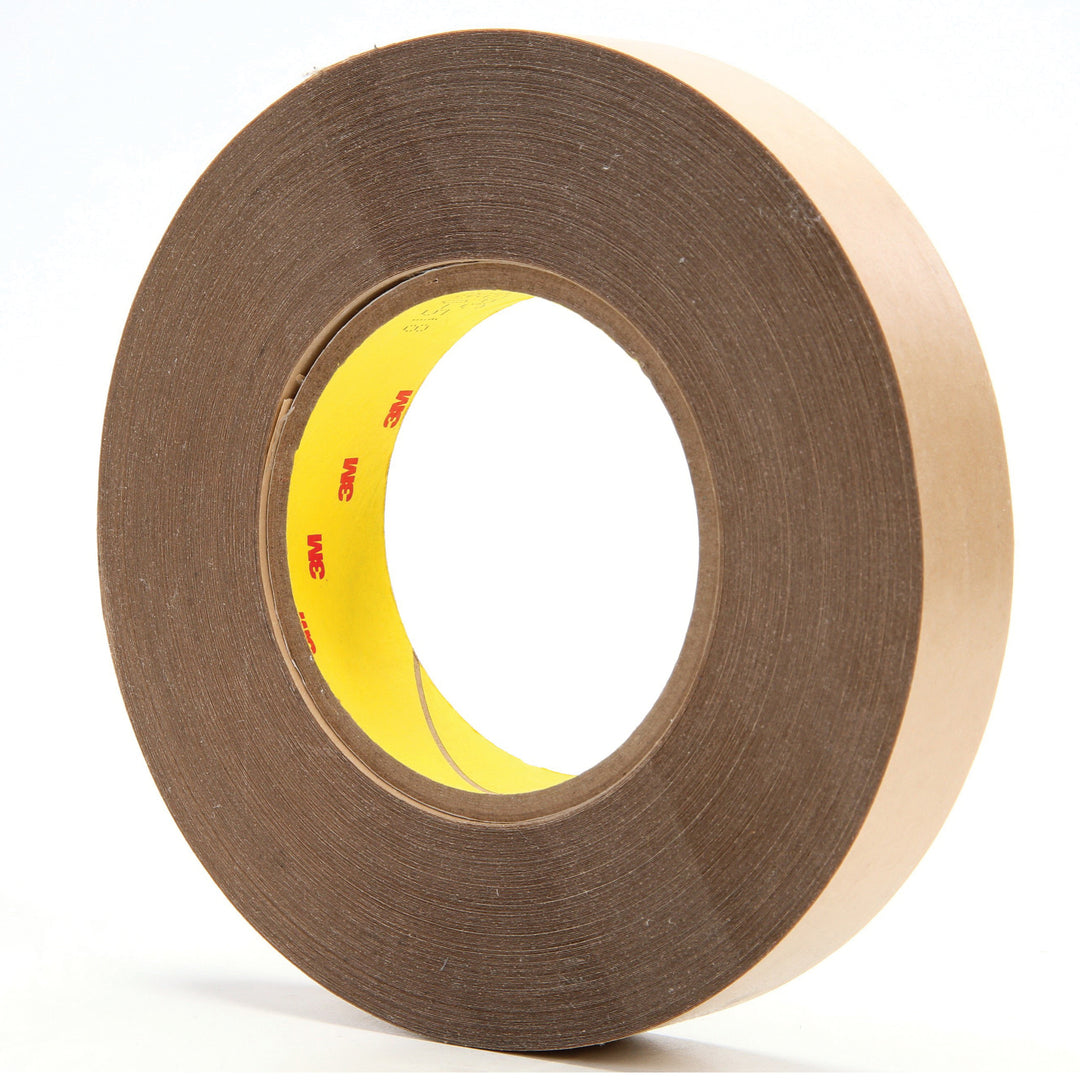
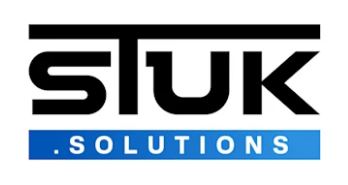
Leave a comment